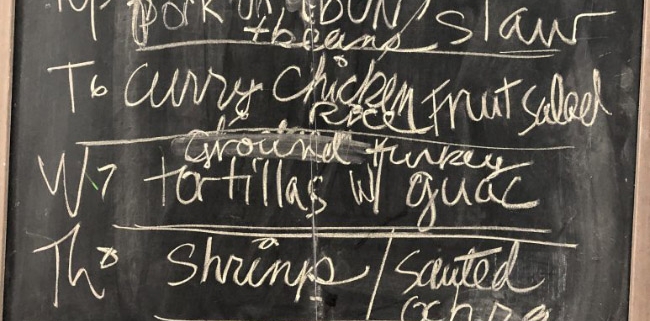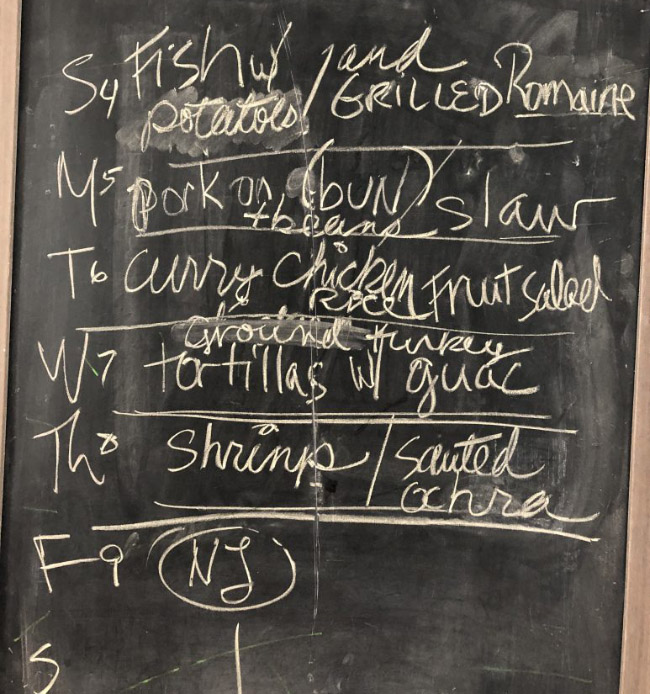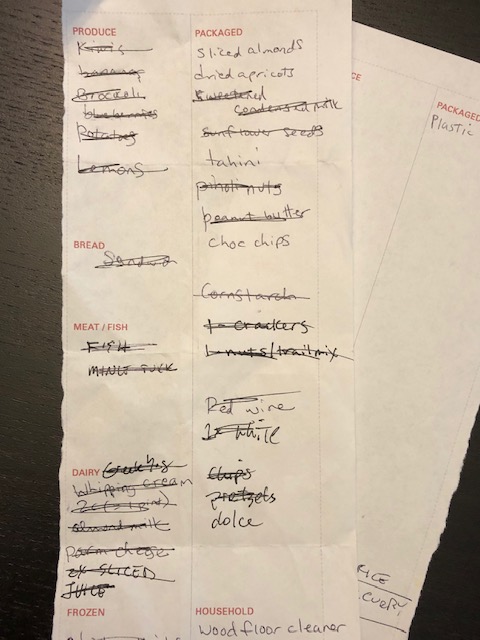Meal Planning 101
Story originally appeared on FoodCary.
Cary, NC – We get it: everyone leads very busy lives these days. But that doesn’t mean you have to eat your meals based on the drive-thru menu at Chick-Fil-A. With a little planning, you will spend less, waste less and eat healthier. Here’s our primer on Meal Planning 101.
Back during the Great Recession, we had to save money any way we could, and the grocery bill was the first place we looked (after cutting cable and eliminating any expenses that we deemed frivolous). But one thing we noticed with our weekly trips to Harris Teeter was our family of four was starting to spend close to $300 a week on groceries and a lot of that was junk. Admittedly we have always been big on eating at home and we enjoy cooking. If you don’t, this story might not be for you.
What we discovered when we shopped at the big box grocers was we spent a lot of our food budget on all name-brand stuff, mostly junk food. And it adds up.
Here’s how we lowered our bills to about $150/week:
The Weekly Menu
To make your menu, give yourself about an hour of planning time. There are a few things to consider before you start making a menu and it pays dividends if you spend the time to plan. Really. We usually do this Saturday morning right before we head out the door. We leave inspired!
We have a big blackboard in our kitchen that we use for our menu. Before that, we used a whiteboard stuck to the front of the fridge. Whatever floats your boat, but make it with the days of the week listed and space to list out what you plan to make for each night. We don’t get into lunches and breakfasts, but we do have them considered in the grocery list.
Next, take a look at what the week ahead holds for you. Are there after-work meetings? Sports practice pickups or games? Is anyone traveling? List these directly on the menu board so you can adequately consider them. Know who you are cooking for and if there are any nights the chef(s) will be short on time. This all plays into what you will be planning to cook each night. No sense making a labor-intensive meal when only two of the family members will be home. Ditto for a night when you need something quick.
What’s on Hand?
Try to use what you have. When we make our menu, we first take a look in the vegetable bin and the fruit drawer to see if anything in there is very ripe so we can plan for use early in the week. Then look in the freezer. What meats or frozen ingredients do you have on hand? What’s in your pantry and what’s depleted?
Planning a meal should be easy. While I love to peruse cookbooks and cooking magazines (and isn’t Pinterest great for tagging recipes?), start simple. We usually pick a night for pasta, a night for fish, a night for tortillas (because they use up leftovers so well) and then chicken or pork. If you know you want to eat out one night, or several, plan those into the schedule. That will eliminate the over-buying of ingredients don’t get used in any meal. If a meal will create leftovers, plan when those will be used. Or cook/prep some of the ingredients for use later in another meal. That’s probably Meal Planning 201!
Think about what will go with these main ideas. If you have a salad planned, what ingredients do you need vs. what is already on hand? Having a pasta dish? Do you need a red sauce, or are you making it from scratch? Do you like curry chicken as a main dish? Are you making the sauce from scratch, or purchasing a jar of sauce? And are you serving that with Naan bread or over rice?
If you like to look up recipes, still start with this basic plan, and then look through your inspiration and fill in which nights you use the recipes for, and which nights you cook from memory.
To read the full story, go to FoodCary.com.
Story and photos by Lindsey Chester.





